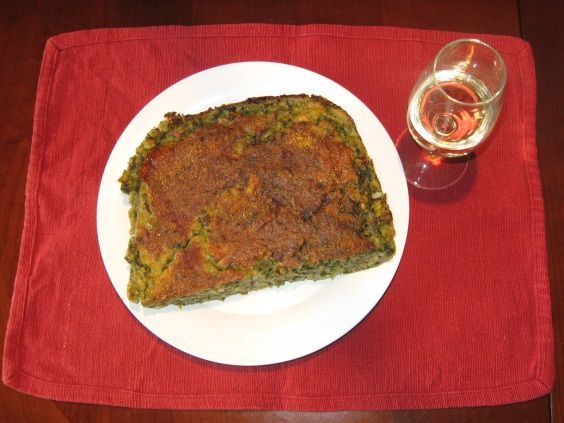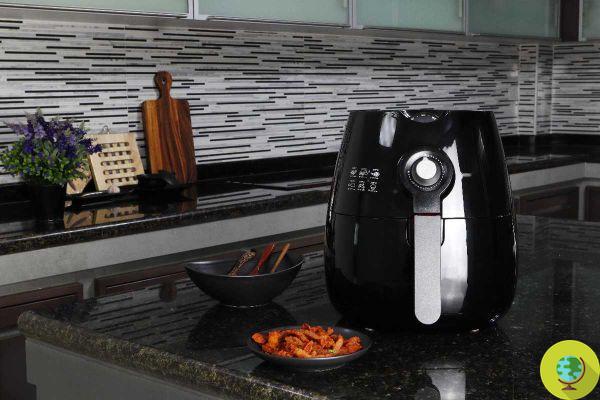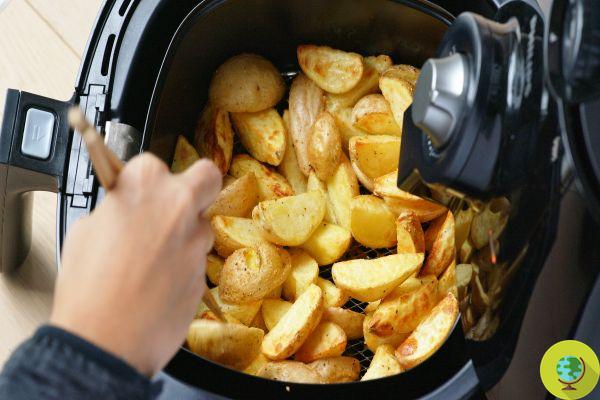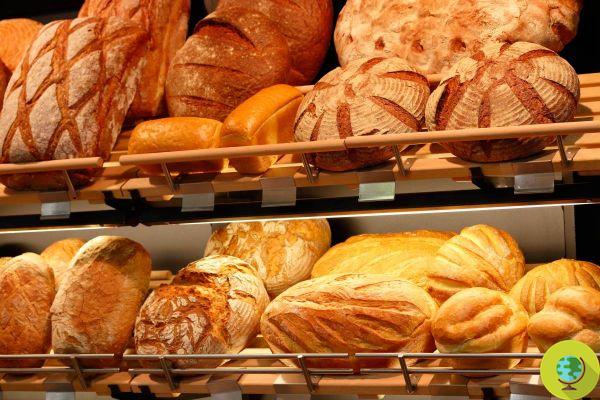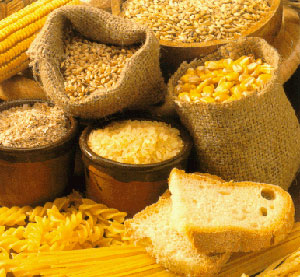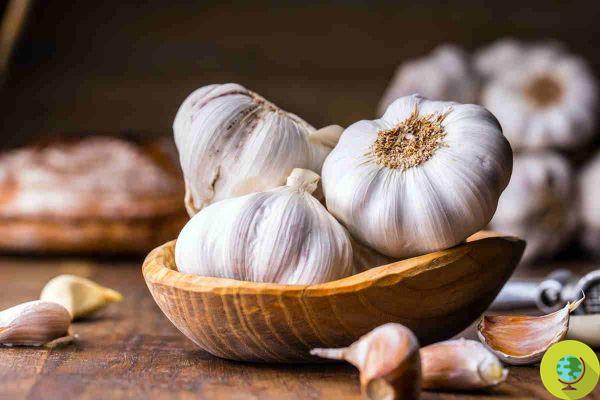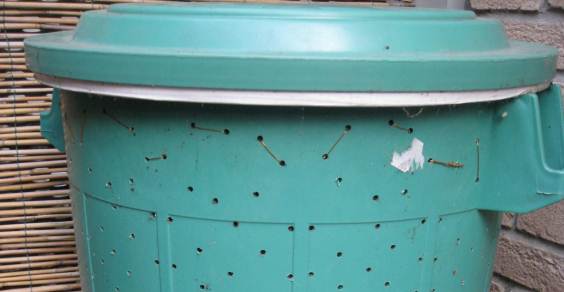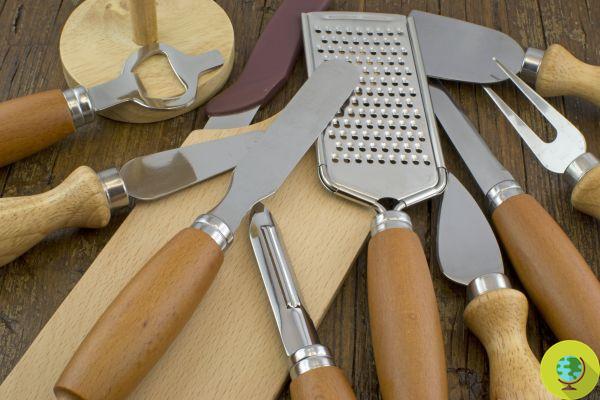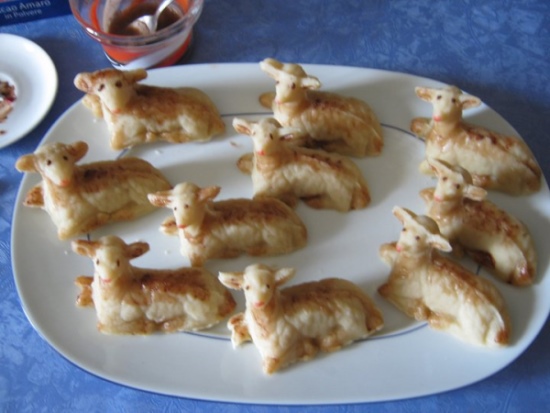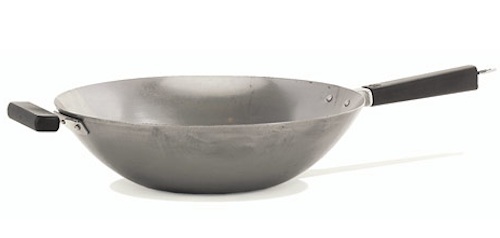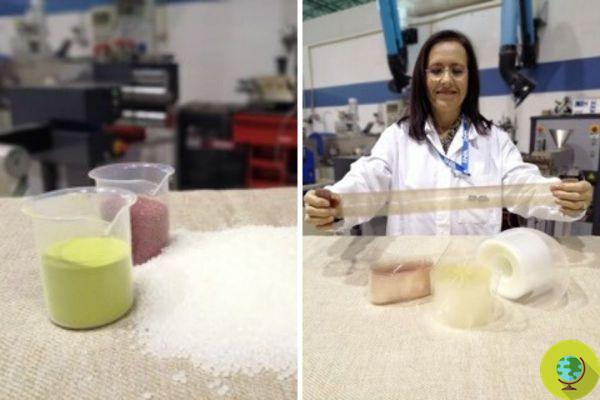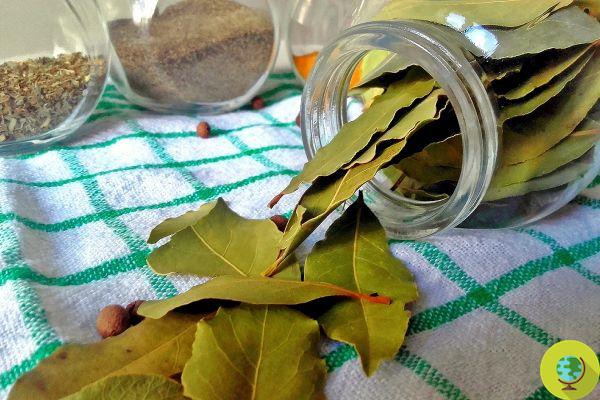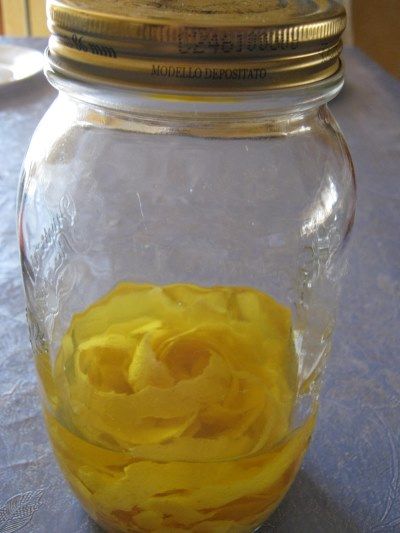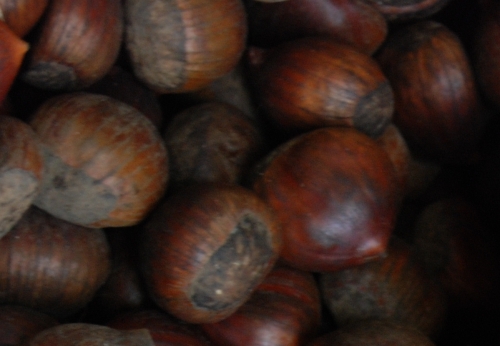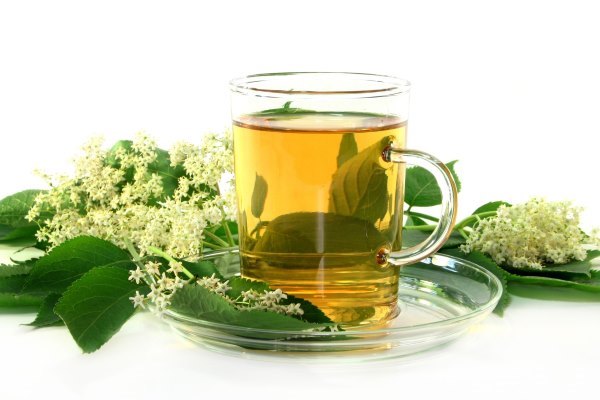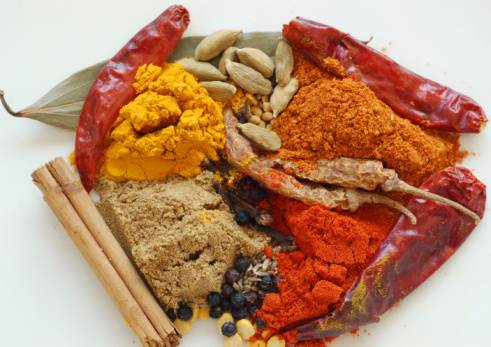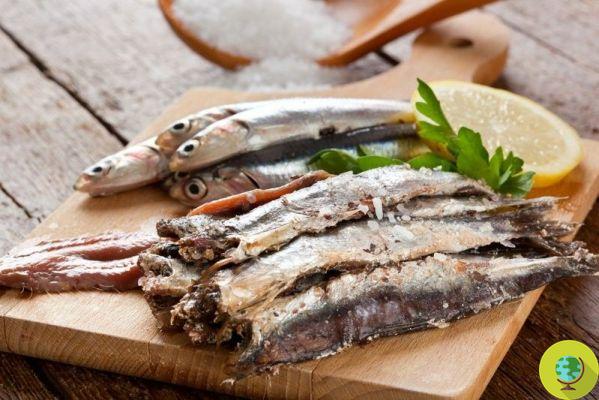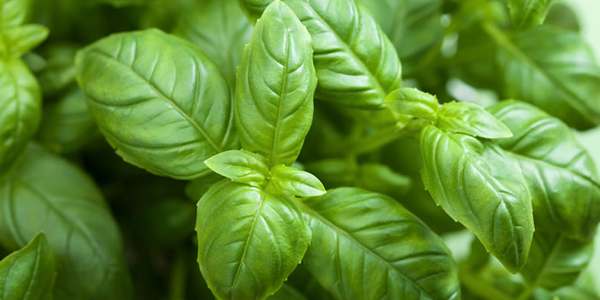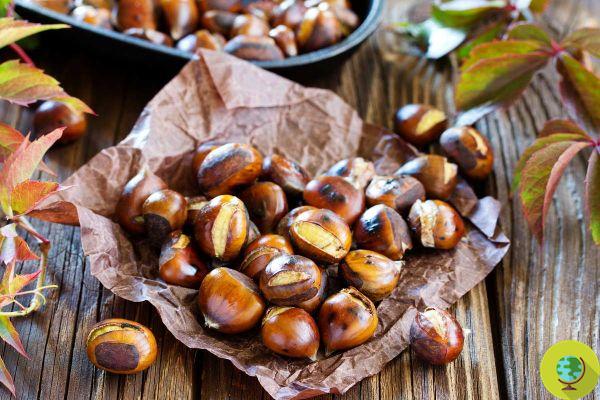
How to peel chestnuts? Here are the tricks and mistakes to avoid to peel them also based on cooking
He is about to end up run over, his mother saves himHow to peel chestnuts? What are the tricks to peel them also based on cooking? What are the mistakes not to make?
Le chestnuts they are the edible fruits of the chestnut tree (Castanea sativa), a large tree of the Fagaceae family.
Autumn fruit par excellence, the chestnut is a very nutritious food, rich in starch, fiber, protein, fat, mineral salts and vitamin C. nutritional value of chestnuts it is similar to that of wheat and in the past this fruit was the daily winter food for many populations, especially for those in the mountains.
Chestnuts can be cooked in many different ways: boiled, roasted in a pan or in the oven, as a castagnaccio, puree or in soups and broths. We see based on the type of cooking chosen such as peeling or peeling chestnuts and what are the mistakes not to make.
5 tricks for peeling chestnuts
Boiled chestnuts: soaking
Un trick to peel chestnuts is soaking. If you are not in a hurry, place the raw chestnuts in a bowl for two hours before cooking, then boil them. By doing so, after cooking the chestnuts, you will be able to remove the skin in a simple way.
Obviously this trick can be exploited if you are going to boil the chestnuts and it is not valid if you plan to cook them in another way.
Boiled chestnuts: add oil to the cooking water
Boiled chestnuts are easy to peel but during cooking they soften and risk breaking: with this simple trick, however, you will be able to peel the chestnuts much more easily and without breaking them.
So if you are preparing the boiled chestnuts, the trick to peel them easily when cooked is to add a tablespoon of oil to the cooking water. To boil the chestnuts, add water equal to three times the volume of the chestnuts and cook for about 40-45 minutes.
Roasted chestnuts in a pan or in the oven: take advantage of the humidity
If, on the other hand, you have prepared the chestnuts in a pan on the fire or in the oven, to peel and peel them effortlessly you can take advantage of the humidity. Remember to make a cut in the direction of the chestnuts width before preparing the chestnuts on the fire or in the oven.
After cooking the chestnuts, wrap them in a still hot cloth and let them cool for about ten minutes. The steam that will be released will facilitate the peeling operation: thanks to this trick it will be sufficient to lightly crush the chestnuts to remove the peel without effort.
Roasted and shelled chestnuts can be eaten immediately or stored in the freezer. At the time of consumption you can defrost them and enjoy them cold or heated.
Cooking in the microwave
Those who use the microwave can take advantage of this type of cooking to be able to peel and peel the chestnuts without difficulty. As for cooking in a pan and in the oven, first make an incision along the length of the chestnuts, then cook a small amount at a time in the microwave for one minute. At the end of cooking, peel and peel the chestnuts immediately.
Peel the raw chestnuts: soak them in boiling water
Peeling raw chestnuts is not easy: it is much more convenient to peel them when cooked. But if you have to peel raw chestnuts to be able to use them in the preparation of soups and broths, this trick will at least make it easier for you to remove the cuticles.
First, cut the peel and remove it with the help of a pointed knife. After removing the peel, to easily peel the raw chestnuts, leave them in a bowl with very hot water for about three minutes. At this point the skin can be easily removed by hand and you will have excellent chestnuts for your recipes.
Mistakes not to make
When cooking chestnuts roasted, in a pan or in the oven, a mistake not to make is to not affect the peel. The casing of the chestnut must in fact be cut with a knife across the width of the fruit, or crosswise, to facilitate its removal after cooking.
Another mistake to avoid is to peel roasted chestnuts when they are cold: roasted chestnuts peel much more easily if they are still hot.
Peeling raw chestnuts can be very tiring, so it can turn out to be a mistake. As we have seen, by immersing the chestnuts in very hot water for a few minutes it is possible to facilitate the removal of the skin that surrounds the fruit, but in any case it is preferable to peel the chestnuts after boiling them.
Also be careful not to overcook the chestnuts, as they would become too soft and tend to break easily when you try to peel them.
Follow us on Telegram | Instagram | Facebook | TikTok | Youtube
On chestnuts you might also be interested in:
- Chestnuts or horse chestnuts? How to distinguish poisonous from edible varieties
- Recipes with chestnuts
- How to cook chestnuts
- Chestnuts what a passion! Four ways to cook and how to store them
- How to peel chestnuts (raw or cooked): 5 tricks and mistakes not to make
- Boiled chestnuts: the original recipe and some tasty variations
- Chestnuts: properties, uses and how to cook them to enhance all their benefits




